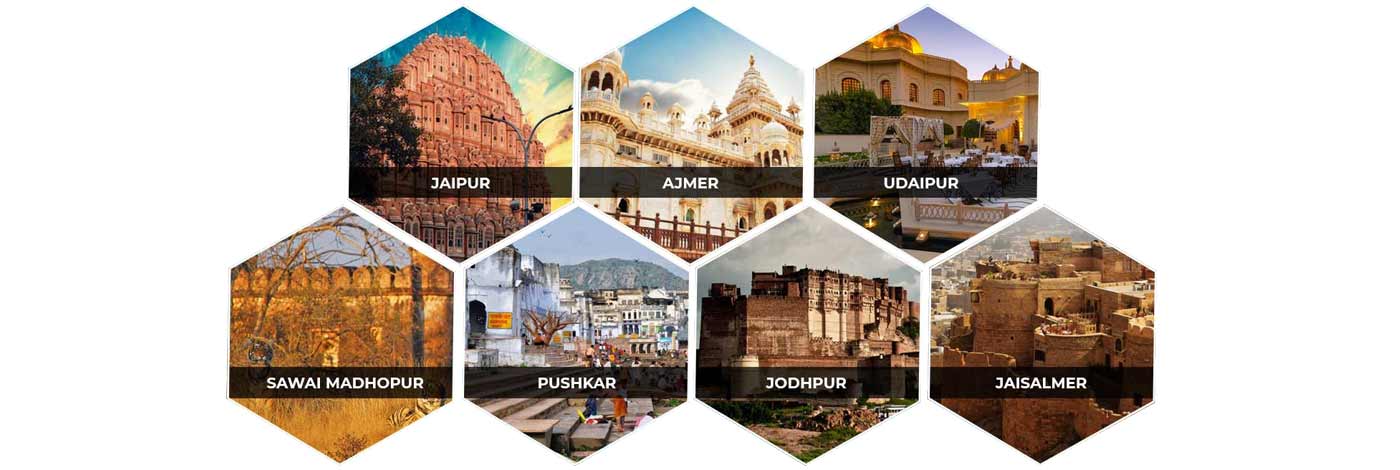
Mukundara Tiger Reserve Kota
Mukundara Hills Tiger Reserve The Mukundara Hills Tiger reserve is located in Rjasthan's Hadoti region and spread scross four districts- Kota, Budi, Chittorgarh and Jhalawar, covering an area of 759sq. km. It has a core area of 417sq. km and a buffer zone covering 342.82sq. km. It was declared protected area in 1955 . The forest is very thick and dense. Surrounded by four rivers- Ramzan, Ahu, Kali and Chambal which form its boundary, it is situated between two parallel mountains Mukundara and Gagrola, it is drained by tributaries of Chambal river. It is 15km from Kota.
After Ranthambore and Sariska, Mukundara Hills will be the third big cat habitat. The Rajasthan Government recommended the National Tiger Conservation Authority to notify an area of tiger reserve under section 38V of Wildlife Protection ACT. It was announced by the government in August 2012. The government had issued preliminary notification naming the reserve Rajiv Gandhi. However later in 2003 when BJP came into power it was named as Mukudara Hills Nation Park.
A national park is an area which is strictly reserved for the betterment of the wildlife and biodiversity and where activities like developmental, forestry, poaching, hunting and grazing on cultivation are not permitted. The reserve doesn't have tiger population of its own but serves as an extension to Ranthambore tiger reserve. An 82sq. km area within the park has already been enclosed in order to secure the habitat for RT-91 a prime adult male. It was released in the Darrah Range by the forest department. The tiger is popularly known as Mirza. He was honeytrapped and tranquillised. In Ramgarh sanctuary transported here by the wildlife department. For the time being RT-91 acclimatized a no tourism will be allowed.
Fauna
Though named as Mukundra Hills Tiger Reserve, the forest was devoid of any tiger, till a majestic male tiger from Ranthambore National Park was shifted in April this year. According to the latest news, Ranthambore is again going to share its faunal wealth with Mukundra. This time 4 tigresses is going to be shifted to raise the worth of Jungle Safari booking Mukundra. The other animals such as Panther, Leopard, Chinkara, Sloth bear, Wolf, Spotted deer, Sambar, Nilgai, Jackal, Hyena, Wild boar, Antelope, Jungle cat etc. along with many species of birds and reptiles are also found.
Flora
The densely vegetated Mukundra Hills tiger reserve comprises great variety of floral species such as Babul, Imli, Banyan, Ber, Dhak, Dhok, Kadam, Khajur, Khair, Karel, Khejda, Kakera, Mohua, Neem etc.
Best time to visit
Tourists can visit the sanctuary from October till July, but the ideal time to visit Mukundra is between February to May. The sanctuary is open throughout the year except between 1st July to 30th September.
Timings are from 10 am till 5 pm everyday. However, for visiting the sanctuary, tourists have to take a signed permission from the local forest ranger.
How to reach?
By air – The nearest airport from Mukundra Hills Tiger Reserve/Darrah National Park is Udaipur, which is around 300 km from Kota.
By Rail – The closest railway station is Kota railway station located about 50 km from Mukundra Hills Tiger Reserve/Darrah National Park.
By road – The distance between Mukundra Tiger Reserve and Kota is close to 50 km only. It is also well connected all the major cities of Rajasthan like Ajmer, Chittorgarh, Jaipur, Udaipur, etc.
Rajasthan Wildlife
Rajasthan brings to mind the images of forts, palaces, lakes, colourful festivals and the mighty Thar Desert. Rajasthan is a land of varied topography, ranging from the semi green forests of Mount Abu to dry grasslands of the desert, and from the dry deciduous thorn forest of Aravali to wetlands of Bharatpur. Each of these areas is home to variety of rare as well as endangered animal and bird species. The sanctuaries and the wildlife parks here attract the migratory birds and become their temporary home. Migratory birds like the common crane, ducks, coots, pelicans and the rare Siberian cranes, imperial sand grouse, falcons, buzzards flocks to this state during the winter season. In the season time, the whole place echoes with enchanting sounds and fascinating visuals against the sprawling meadow of flora. Each of these areas is a haven for a wide spectrum of wildlife, bestowing the state with some of the most fascinating wildlife sanctuaries in India.
With its unconventional beauty and varied attractions, Rajasthan simply charms its way into our hearts. However, there is another aspect of Rajasthan that draws visitors in hordes. Well, it is Rajasthan's rich wildlife that makes adventure lovers and wildlife enthusiasts flock its national parks and wildlife sanctuaries every year. A very well known fact is that Rajasthan has a variety of flora and fauna. Rajasthan is the haven of the tigers and many endangered species. Rajasthan is the home of some rare species of tigers, blackbucks, chinkara, the desert fox, the endangered caracal, the great Indian bustard, gavial, monitor lizard, wild boars, porcupine, etc. The leopard (panther) here is found in forests and in open degraded forest areas with rocky outcrops adjoining towns and villages. Each type of ecosystem is host to some rare species, so they have been marked as special area wildlife.
Rajasthan boasts of three national parks and over a dozen sanctuaries that offer a fascinating variety of birds and beasts, of flora and fauna and of hilly and forested terrain. Most of these areas are open to visitors round the year but are closed briefly during the monsoon. The wildlife sanctuaries in Rajasthan offer some of the best wildlife tours in India and can be explored either by jeep or on elephant back. So, get set for a jeep or elephant safari and enjoy a close encounter with the wild beasts and beautiful birds in their natural habitat. For those looking for adventure, these wildlife sanctuaries of Rajasthan provide the kind of excitement that really makes the adrenaline flow.
The Nahargarh Biological Park has a variety of vegetation and several species of wild beasts. The Jhalana Nature Trail, Arboretum Park, Amrita Devi Park and Machia Safari Park are the other popular ones. Around 550 species of birds can be traced in the lakes, ponds, marshlands and grasslands of Rajasthan. They are an absolute paradise for bird lovers most of which are residents. The best colony of birds in the world is Kealodeo National Park situated in Bharatpur. The Keoladeo Ghana National Park at Bharatpur is a bird sanctuary that is visited, every year, by our feathered friend from distant lands. It is famous for the exotic Spoonbills and Siberian Cranes. It has more than 400 species of birds and more than 130 of them breed inside the park. Being a unique bird place, the UNSECO has recognized it as a world heritage site. The Sariska Wildlife Sanctuary and the Ranthambore National Park are tiger reserves and homes to the royal Indian tiger. These destinations have a large variety of other wild species including the wild boar, jackal, sambar and nilgai. The Ranthambore National Park is also a heritage site, as it houses the magnificent ruins of a thousand-year-old fort.
The best season for bird watching begins with the onset of winter when marshlands and lakes are inhabited by migratory birds as well as resident birds. Flamingos, too can be seen in salt-water lakes like Pachpadra near Barmer and Sambhar near Jaipur. The major wetlands other than Bharatpur in Rajasthan.
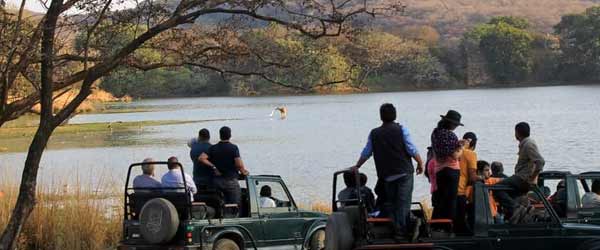
Ranthambore National Park
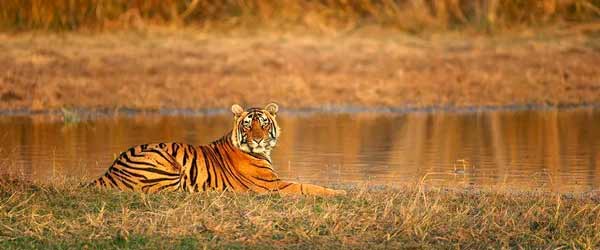
Sariska National Park, Alwar
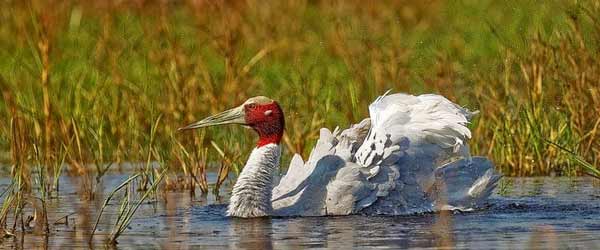
Keoladeo Ghana Bird Sanctuary
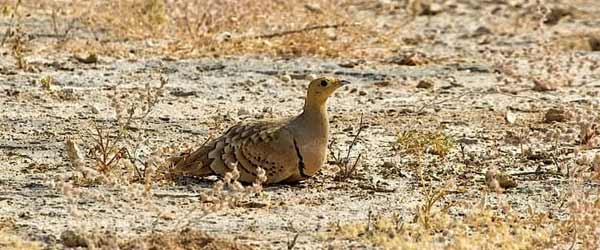
Desert National Sanctuary
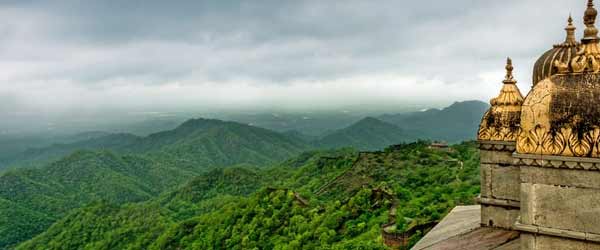
Kumbhalgarh Wildlife Sanctuary
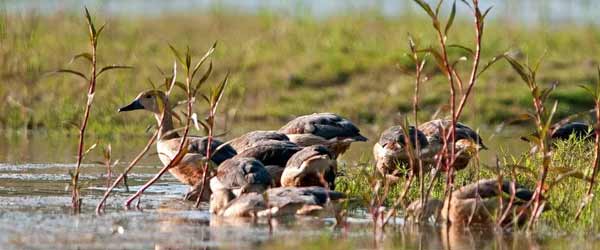
Darrah Sanctuary, Kota
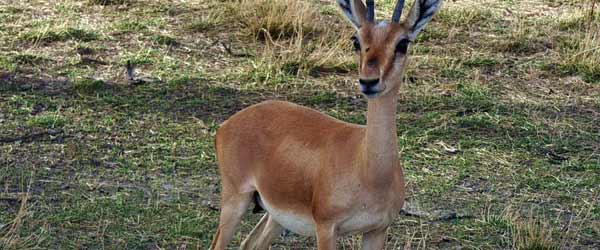
Mount Abu Sanctuary
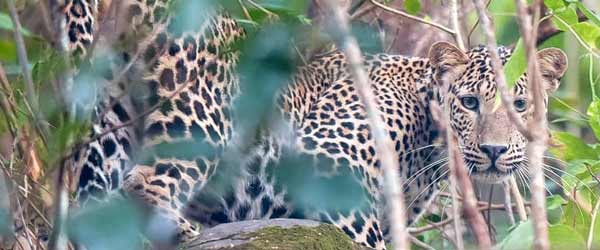
Sita Mata Sanctuary, Pratapgarh
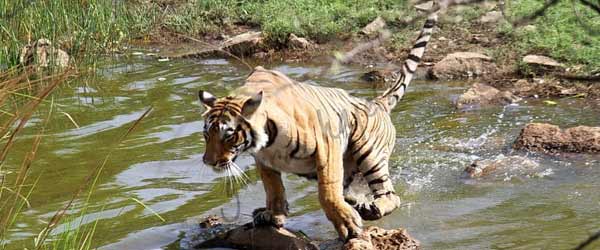
Keladevi Wildlife Sanctuary
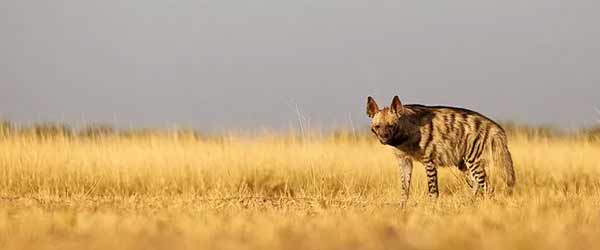
National Chambal Wildlife
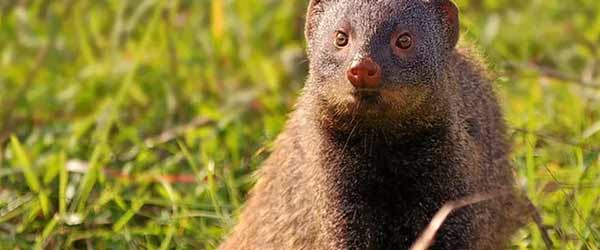
Machiya Safari Park, Jodhpur
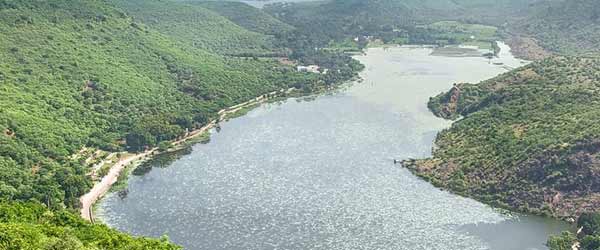
Ramgarh Vishdhari Sanctuary
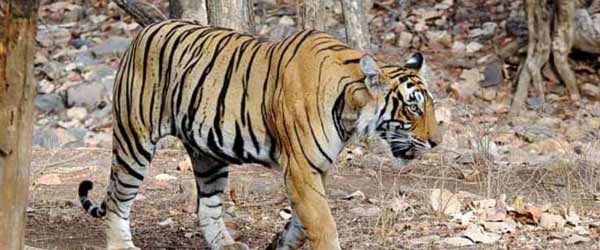
Mukundara Tiger Reserve, Kota
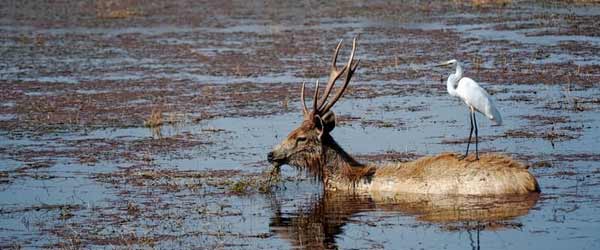
Baretha Wildlife sanctuary
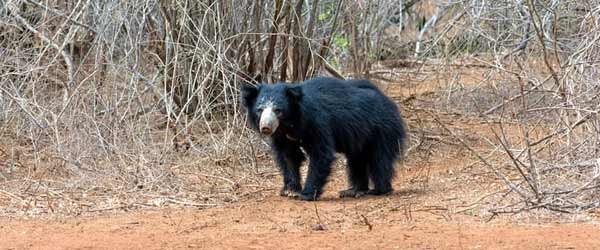
Jaisamand Sanctuary, Udaipur
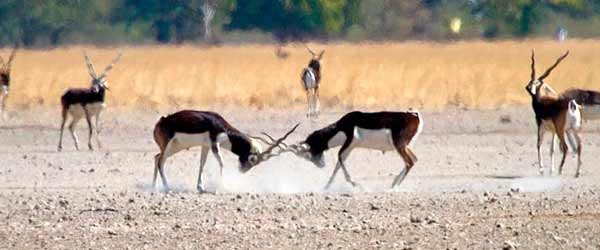
Tal Chhapar Sanctuary
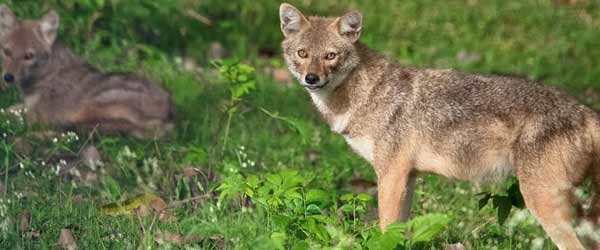
Bassi Wildlife Sanctuary
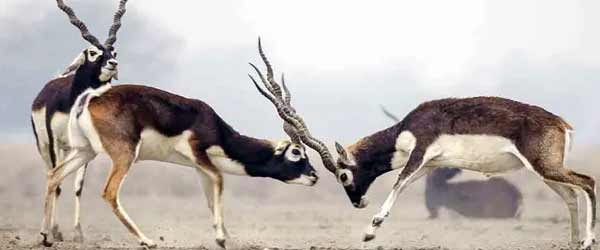
Gajner Wildlife Sanctuary
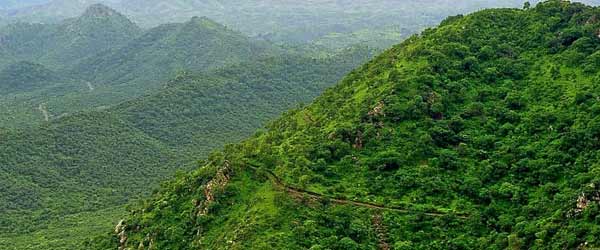
Sajjangarh Wildlife Sanctuary
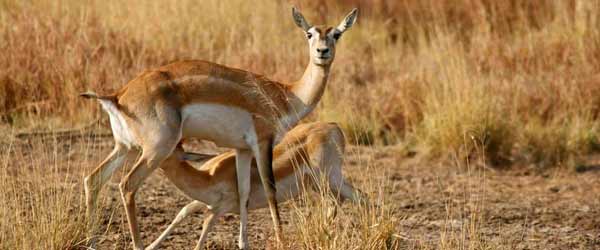
Todgarh Raoli Wildlife Sanctuary
 +91 9549279999
+91 9549279999 